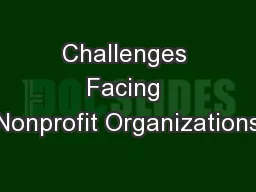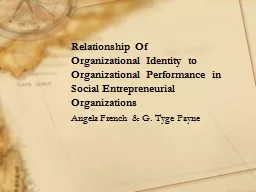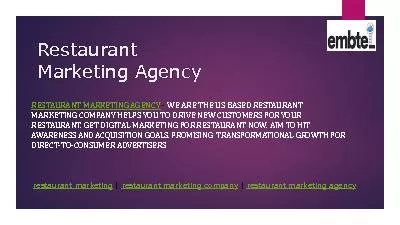PPT-Strategic Marketing for Nonprofit Organizations
Author : lindy-dunigan | Published Date : 2016-03-22
Department of Marketing Patuakhali Science and Technology University Afjal Hossain Assistant Professor Attracting Human Resources Staff Volunteers and Boards Department
Presentation Embed Code
Download Presentation
Download Presentation The PPT/PDF document "Strategic Marketing for Nonprofit Organi..." is the property of its rightful owner. Permission is granted to download and print the materials on this website for personal, non-commercial use only, and to display it on your personal computer provided you do not modify the materials and that you retain all copyright notices contained in the materials. By downloading content from our website, you accept the terms of this agreement.
Strategic Marketing for Nonprofit Organizations: Transcript
Download Rules Of Document
"Strategic Marketing for Nonprofit Organizations"The content belongs to its owner. You may download and print it for personal use, without modification, and keep all copyright notices. By downloading, you agree to these terms.
Related Documents














